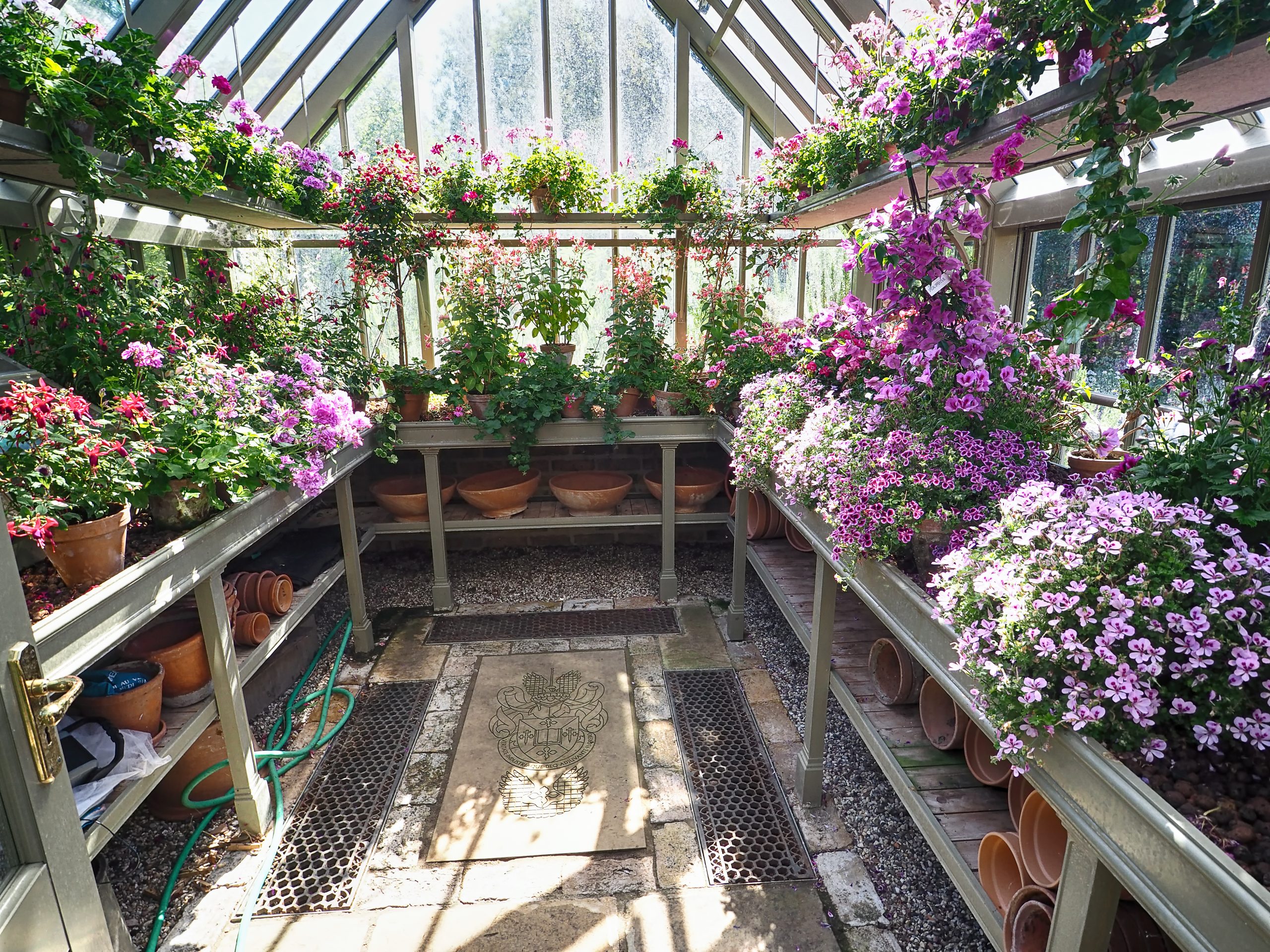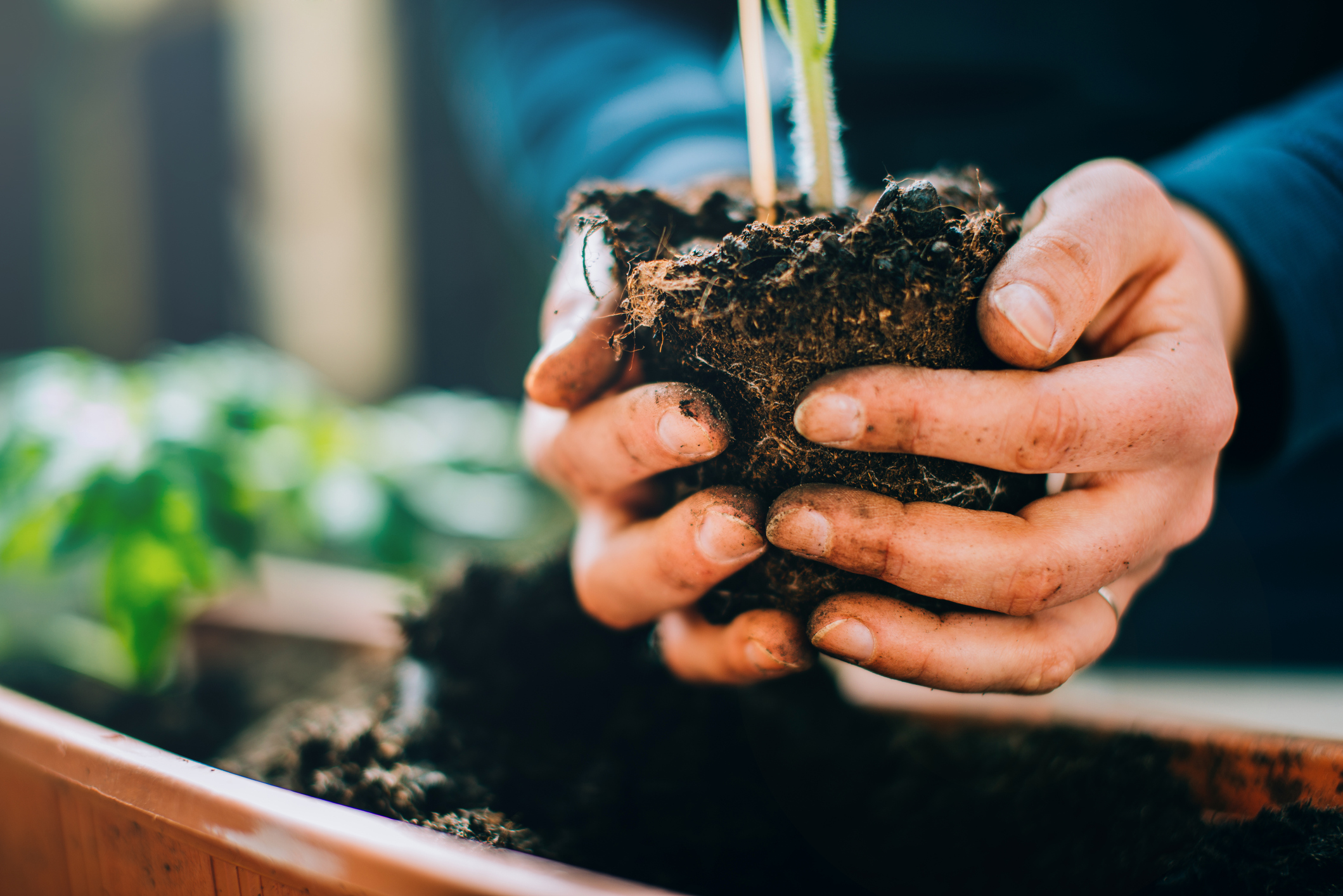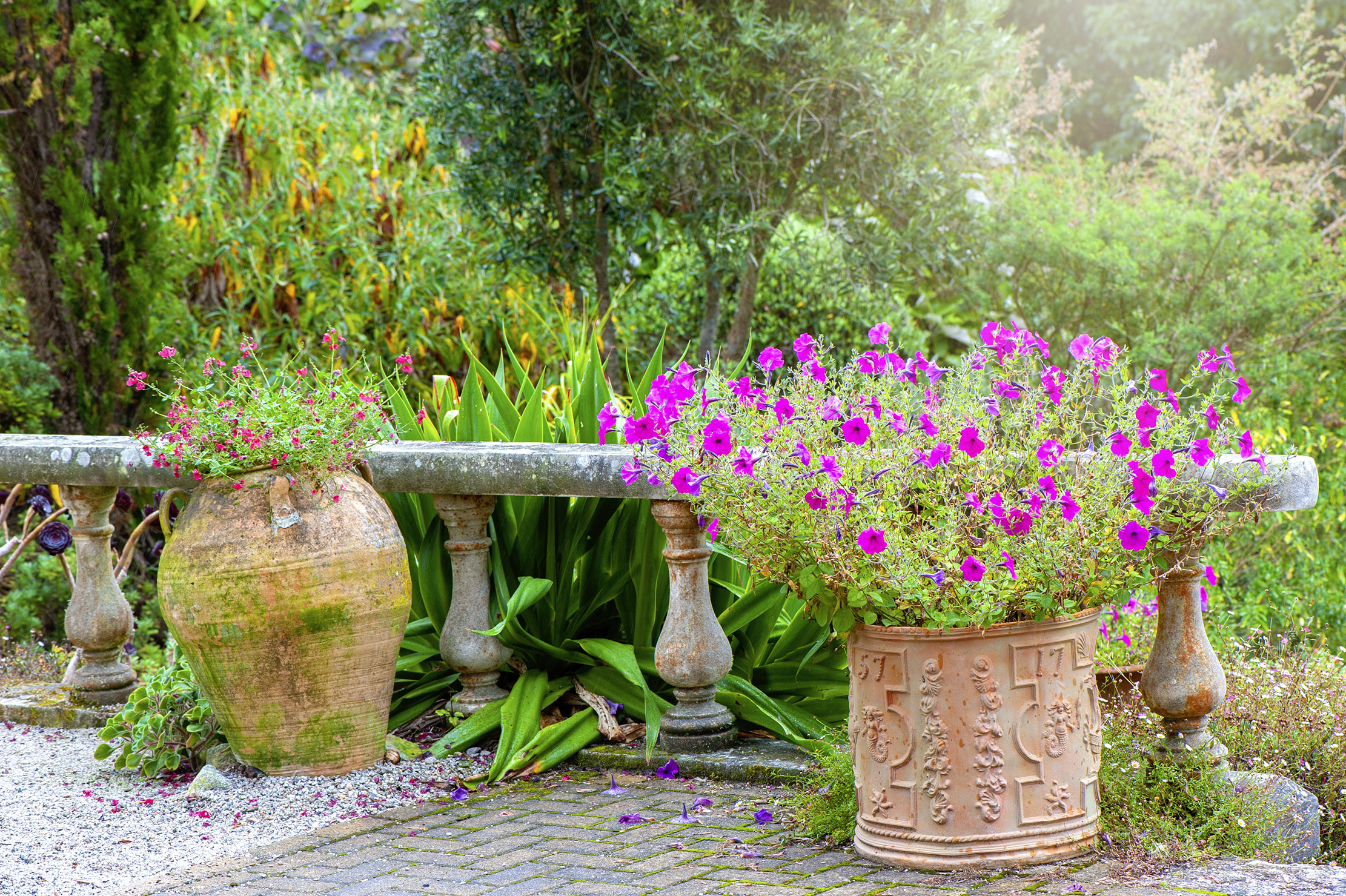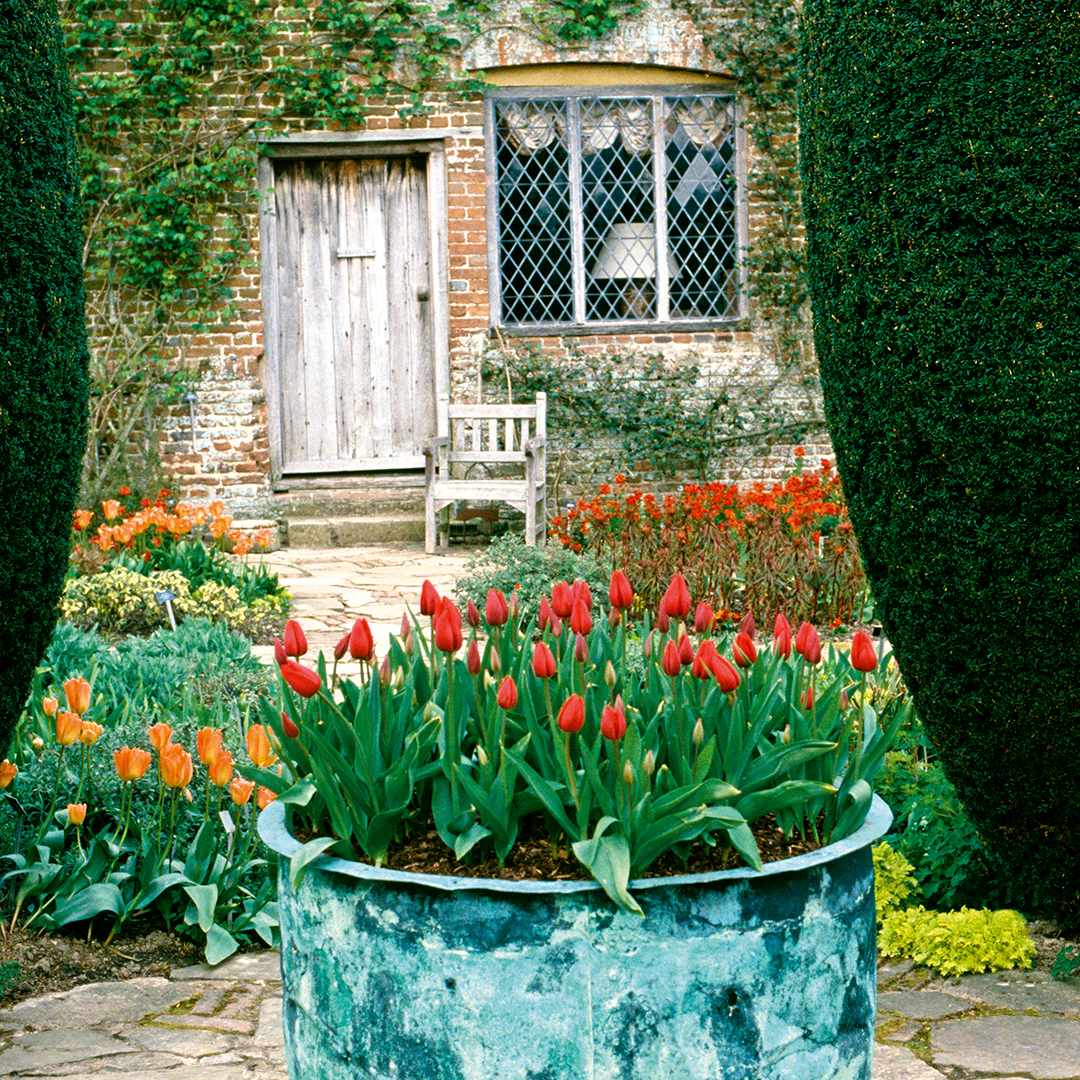Plastic pots revolutionised gardening in the 1960s — but field-grown plants are the future
John Hoyland always opts for bare-root plants if he can — and here's why you should too.

I haven’t nosed around behind other people’s garden sheds, but I suspect that, if I did, I would find, as I do behind mine, a jumble of precariously stacked old plastic pots. I try to create some kind of order by stacking similar sizes together, but such is the range of shapes and sizes that disorder soon returns. Most can’t be recycled; nurseries and garden centres don’t want to reuse them for fear of spreading disease and one never needs them in the garden, however enthusiastic one is about propagating plants. I think we’ll be stuck with them until plastic recycling improves.
In the past few years, some plant producers, sensitive to changing consumer attitudes to plastics, have started selling plants in recycled plastic pots that can be put into domestic recycling bins. Most can be identified by their unpleasant dark-beige colour (taupe, according to the manufacturers), which does nothing to enhance the appearance of the plants in them. I’ve also seen plants being sold in pots made from coir, miscanthus and even wool containers that resemble old socks.
Plastic pots revolutionised the garden-centre and nursery trade in the 1960s. Before their arrival, perennial plants were sold only during the autumn and winter, freshly dug from stock fields. Those field-grown bare-root plants have a short shelf life and no impulse-purchase appeal, so are not suited to modern buying habits, but they are usually superior plants to those grown in containers. Field-grown plants tend to be chunkier and establish in their new home more quickly than those sold in pots. Their roots descend naturally, as opposed to turning around inside a container and often have mycorrhizal fungi clinging to them, which help them get off to a flying start when they are replanted.

Given the choice I always opt for bare-root plants, but, until recently, they have only been available on a wholesale basis to garden designers and large estates. Wholesaler Howard Nurseries in Norfolk is one of the country’s largest growers of perennial plants and a significant part of its production is field grown. Its plants are lifted to order between October and March and quickly shipped to customers.
I haven’t visited the nursery for several years, but always looked forward to seeing the fields, gloriously alive with phlox and iris, geraniums and verbascums. It used, without fail, to be a pleasure talking with the nursery’s founder, the late David Howard (yes, he introduced the famous dahlia), who was an avuncular and knowledgeable nurseryman and proud of the quality of his field-grown plants.
My enthusiasm for bare-root, field-grown plants has been because I think that, pound for pound, they are all-round better plants, but a new generation of designers and head gardeners are turning to them because of their lower environmental impact.
Transporting container-grown plants is expensive and adds to air pollution; plastic pots require lots of energy to produce and to recycle; field-grown plants need less irrigation and less attention during the growing season. A disadvantage of bare-root plants is that they need to be planted as soon after you receive them as possible. They can’t be left sitting around until you are finally in the mood to do the job.
Sign up for the Country Life Newsletter
Exquisite houses, the beauty of Nature, and how to get the most from your life, straight to your inbox.
Several smaller nurseries and online retailers are now offering a limited selection of bare-root plants for those of us who are not planting perennials by the dozens and thus cannot take advantage of wholesale nurseries. Both irises and peonies store well and are the backbone of the plants offered. Although the selection available is not as broad as that of a wholesale nursery such as Howards, it is large enough to satisfy most gardeners.
A word of warning: do not confuse freshly dug perennials with the sad specimens that you sometimes see hanging on sales racks in garden centres. Usually agapanthus or daylilies, these have often been on display for weeks and become shrivelled and desiccated. If they do ever recover, it will take them a long time before they have the energy to flower.
Most gardeners are used to planting hedging plants and fruit trees, dug from fields during the winter. Increasingly, trees, even specimen trees, are grown in plastic ‘Air Pots’ that prune the roots and allow year-round planting. I have not noticed a marked difference between these and traditional ‘root-balled’ trees, which are lifted when the tree is dormant with a quantity of soil. I will stick with the old-fashioned way and also buy bare-root perennials where I can. That way, I might be able to prevent my collection of old pots from growing.
John Hoyland is gardens adviser at Glyndebourne, East Sussex

Credit: Jacky Parker / Getty Images
Alan Titchmarsh: The garden blunder that caught me out — and how it's going to cost me than I can admit to my wife
Alan Titchmarsh thought his 'old friends' growing peacefully in their pots would be safe. He was wrong.

Alan Titchmarsh: The unwritten rules of choosing planters for your garden
Gardener, writer and broadcaster Alan Titchmarsh shares the secrets of what planters to buy — and what plants to put
-
 Why British designers dream up the most desirable hotels
Why British designers dream up the most desirable hotelsWhen it comes to hotel design, the Brits do it best, says Giles Kime.
By Giles Kime Published
-
 The five minute guide to 'The Great Gatsby', a century on from its publication
The five minute guide to 'The Great Gatsby', a century on from its publication'The Great Gatsby' sold poorly the year it was published, but, in the following century, it went on to become a cornerstone of world literature.
By Carla Passino Published